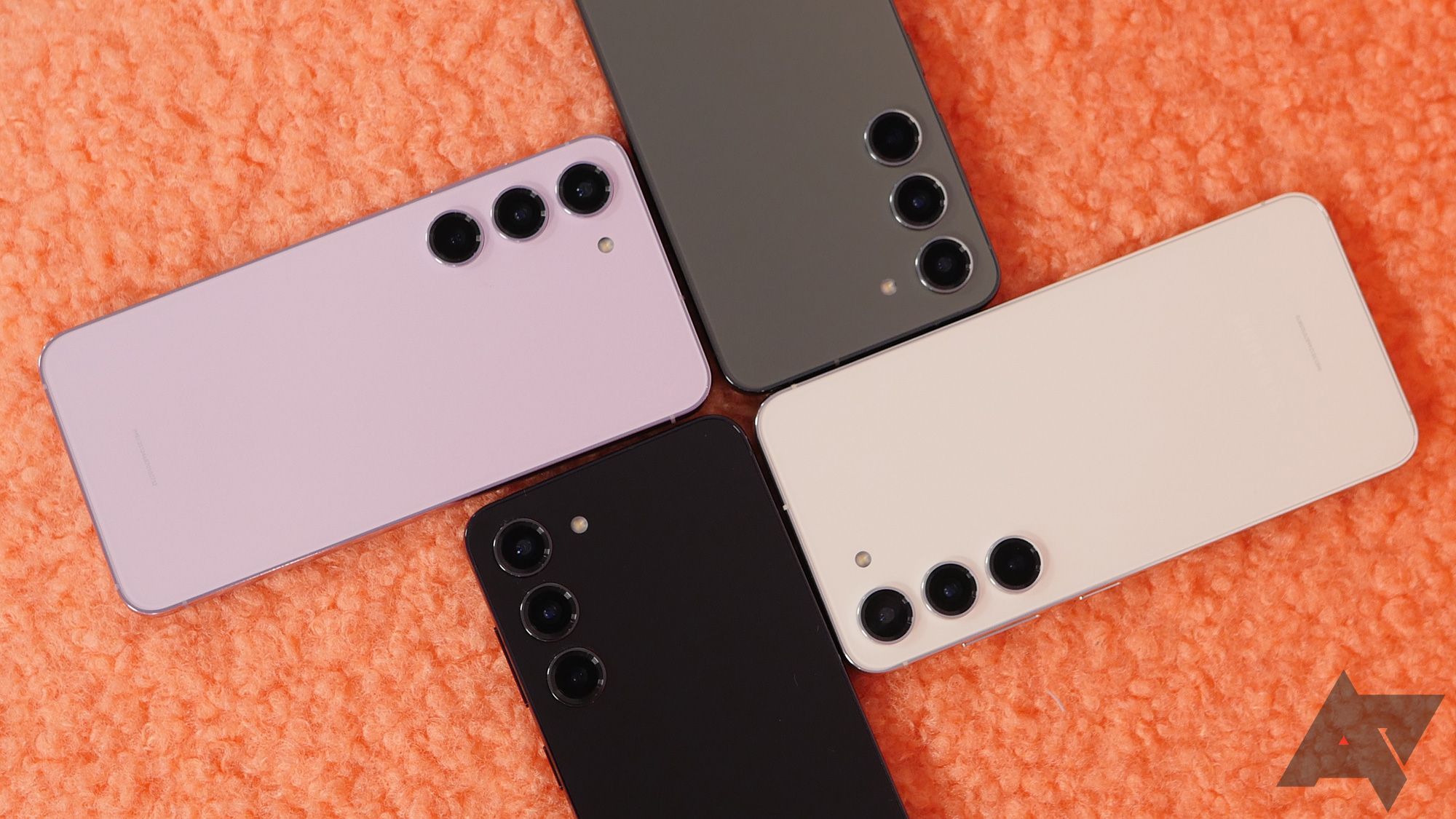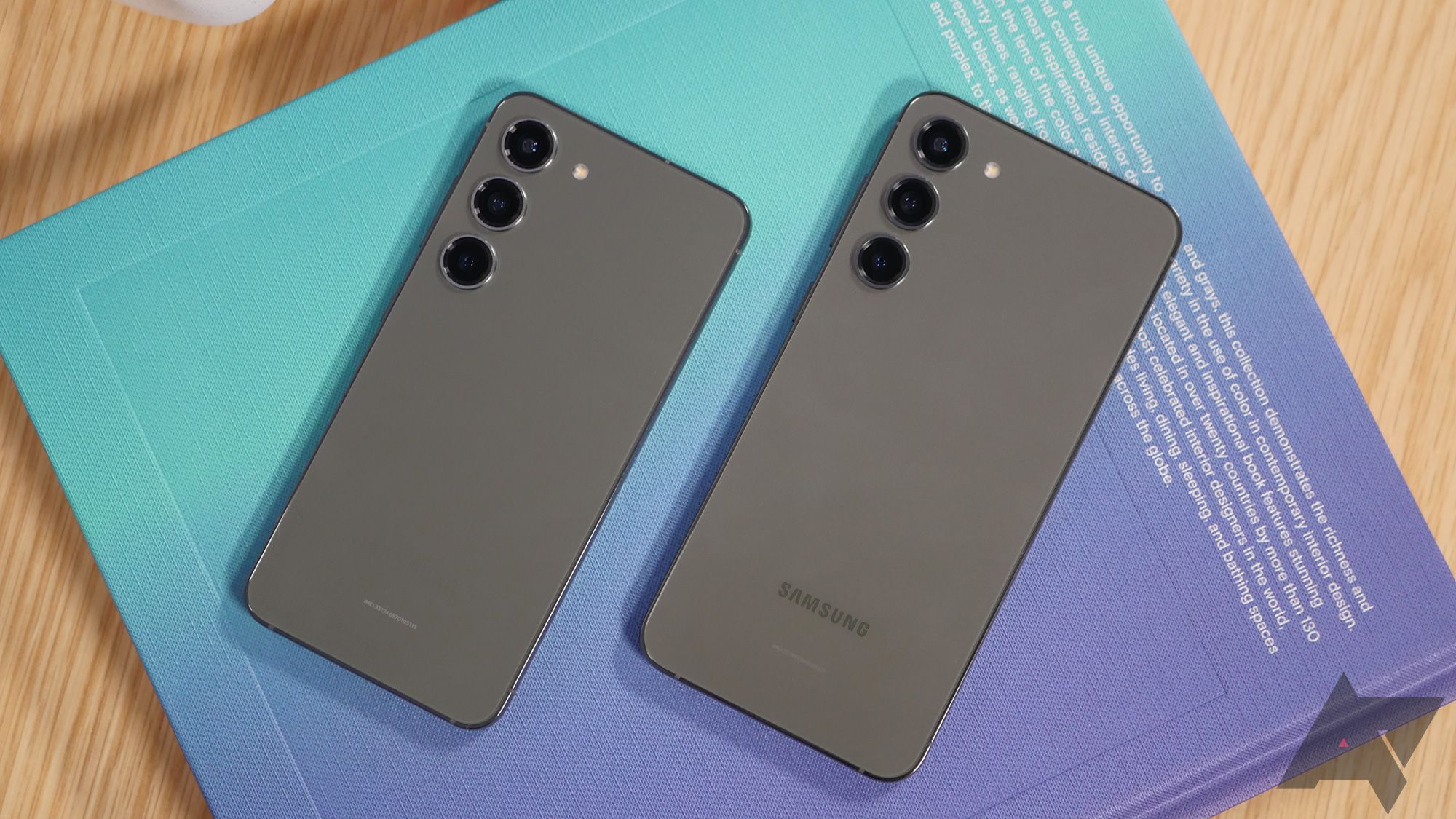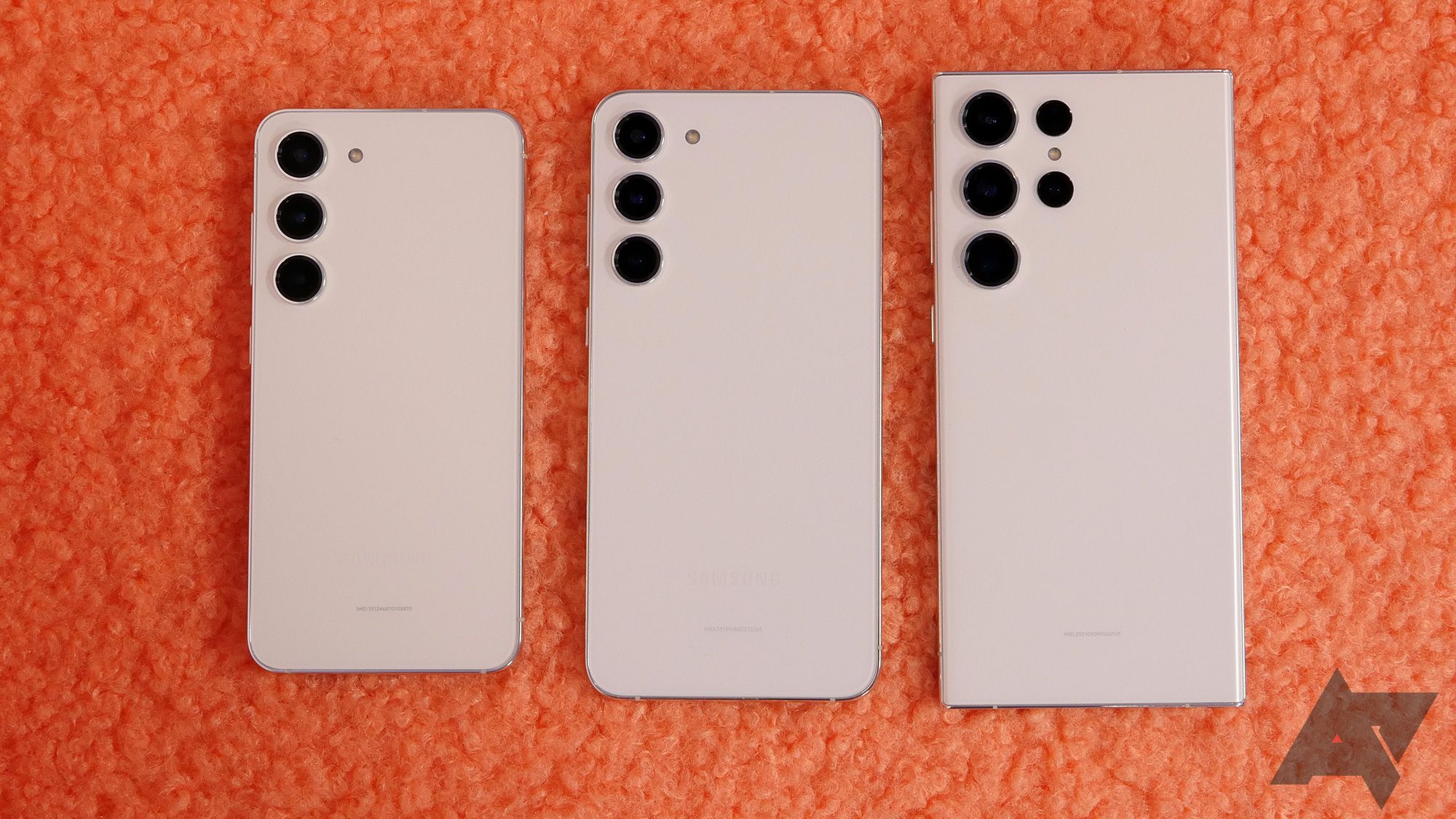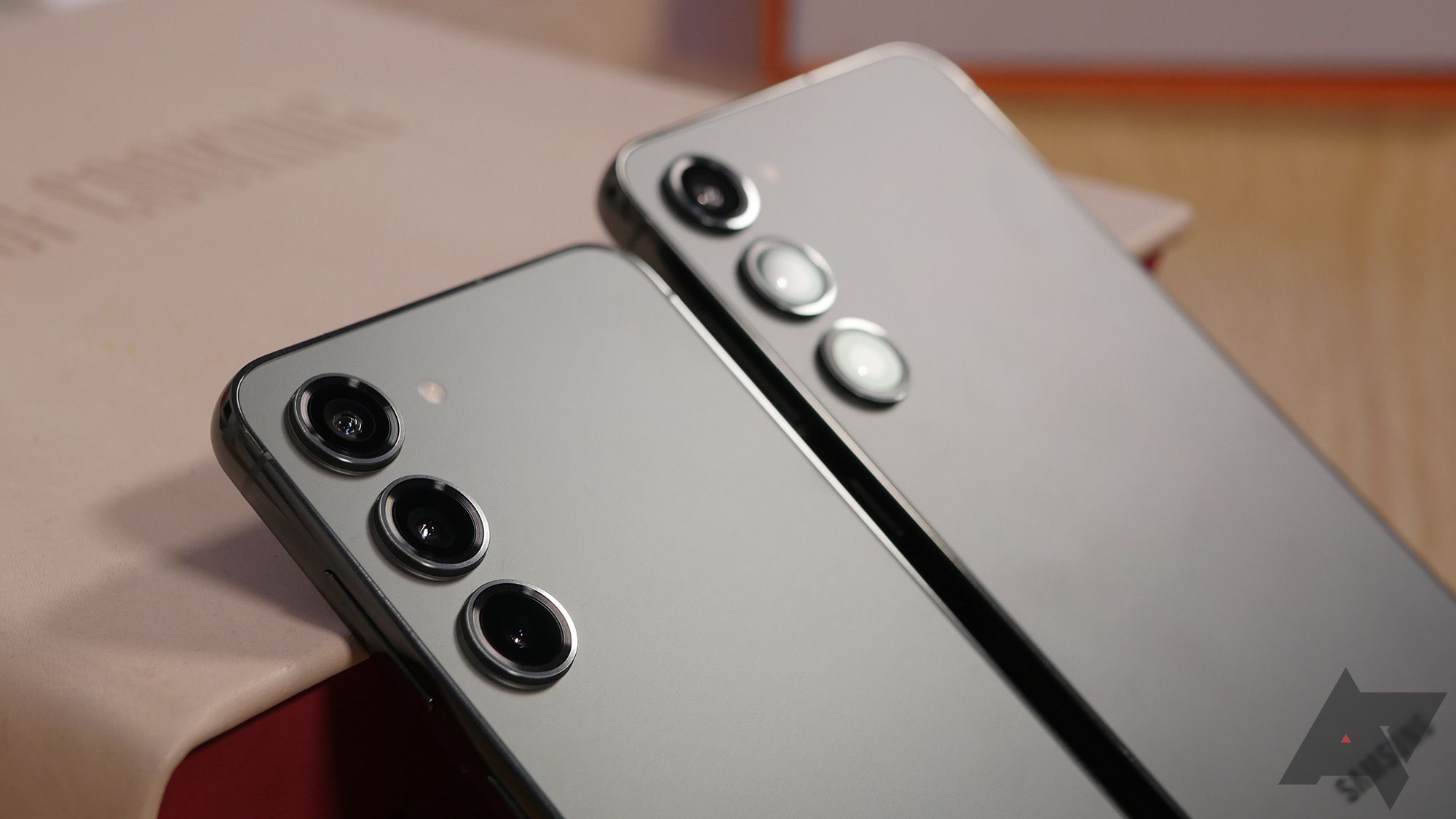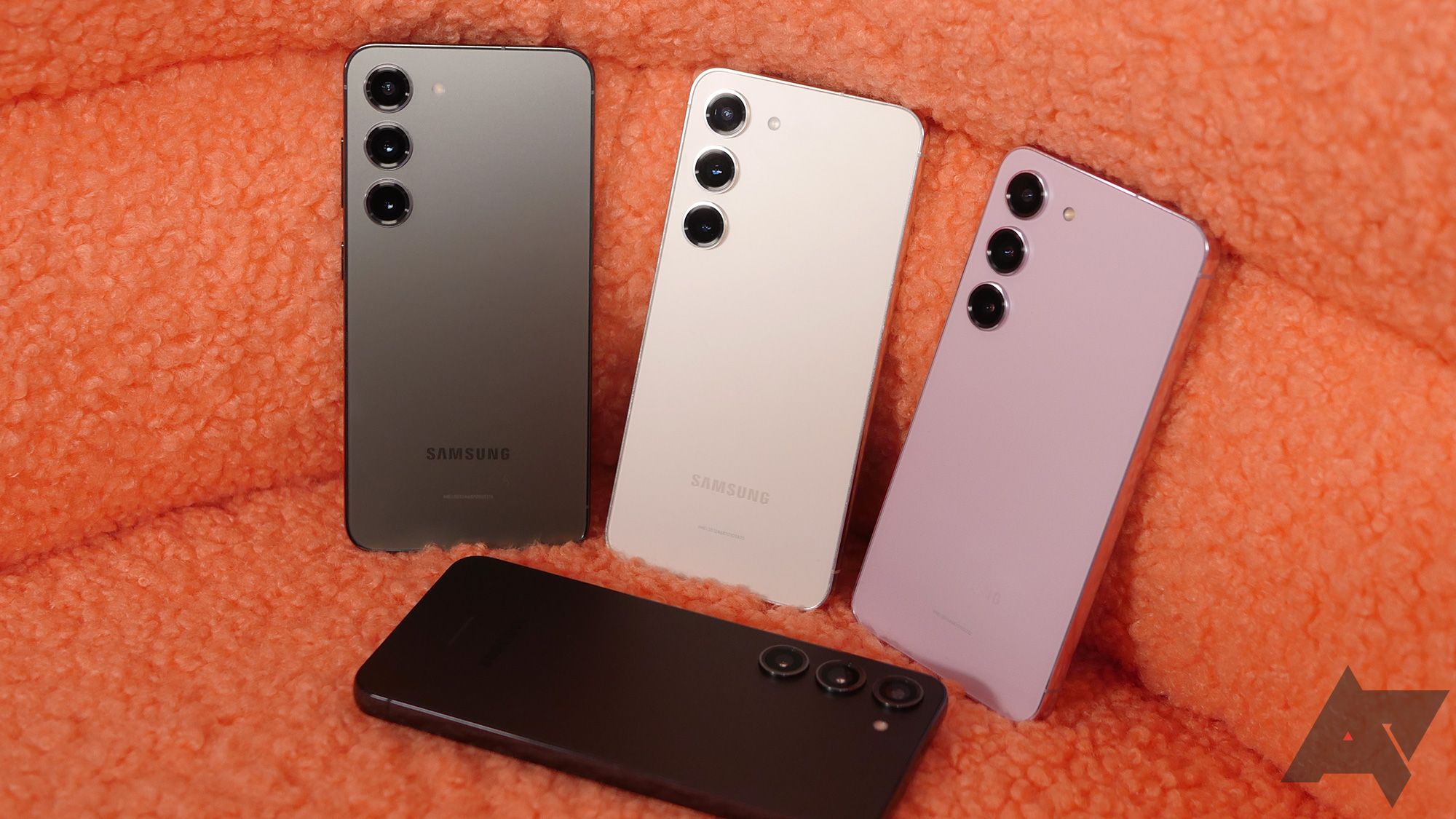Samsung’s latest series of flagship phones are here, and while the two cheaper models may not be the most headline-grabbing smartphones of recent years, they may still be an ideal upgrade to your aging Android phone. As is tradition, the S series is made up of three devices in 2023. Rumors suggest that won’t be the case in 2024 as Samsung may be set to drop the Galaxy S24+ from its release schedule, but for 2023 we still have two standard versions of the phone alongside the Galaxy S23 Ultra.
The cheaper - and likely better-selling - Galaxy S23 and Galaxy S23+ may not have as impressive specs as the Galaxy S23 Ultra, but you’ll likely be considering these two for your next phone. These will almost certainly be among the most popular Android handsets of 2023. We won’t have a full verdict on either handset for a couple of weeks, but I’ve tried out both phones for an hour or so, and here are my first impressions.
-
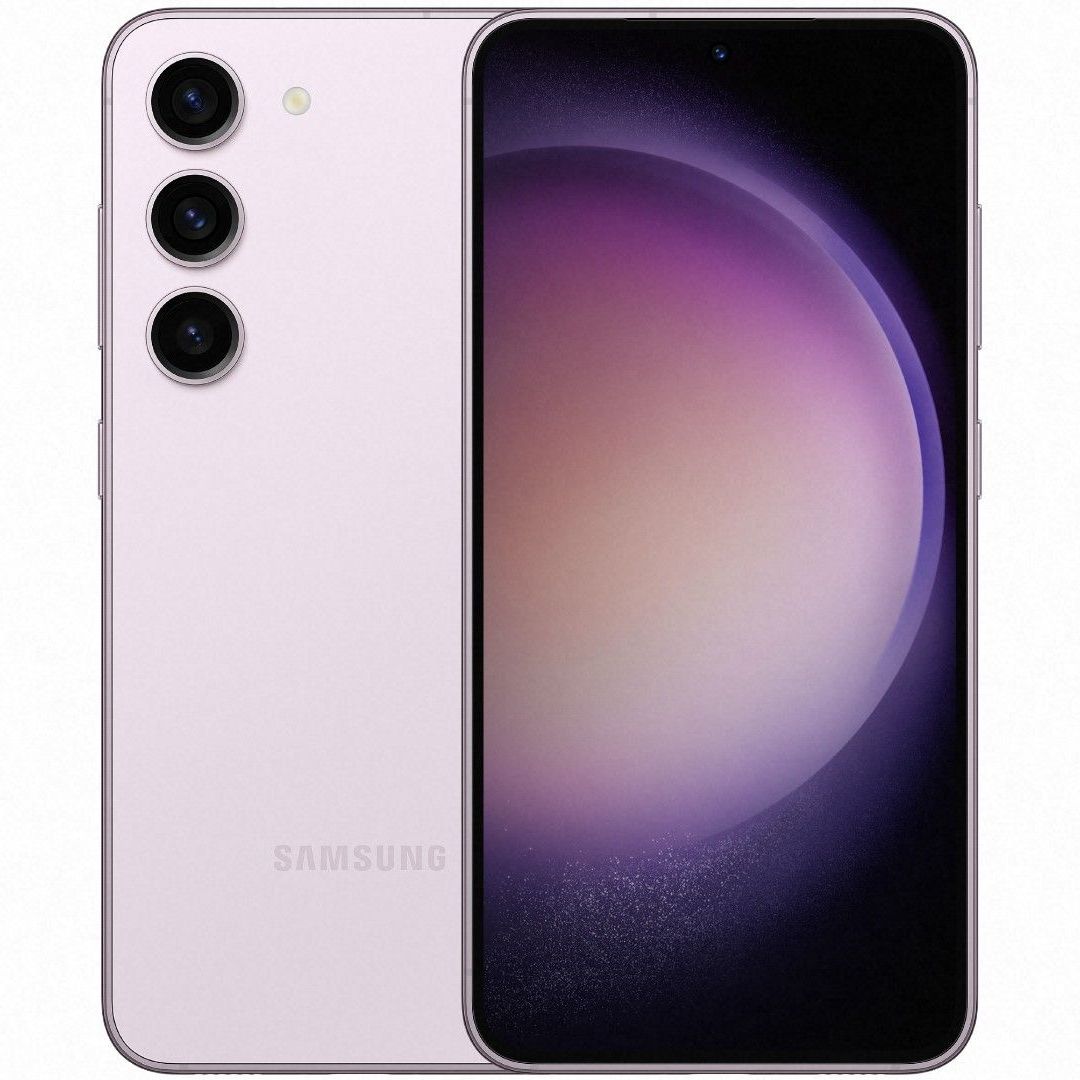
Samsung Galaxy S23
The Galaxy S23 offers the best that Samsung has — from the Snapdragon 8 Gen 2 for Galaxy chipset to a high-class camera system led by an impressive 50MP sensor — at just the right size with a vibrant and "palmable" 6.1-inch display. The phone also brings a larger battery than the S22's, plus a sector-leading five years of monthly security updates. That's all for the same price as last year.
- SoC
- Qualcomm Snapdragon 8 Gen 2 for Galaxy
- Display
- RAM
- 8GB
- Storage
- 128GB, 256GB
- Battery
- 3,900mAh
- Ports
- USB-C
- Operating System
- Android 14 and One UI 6
- Front camera
- 12MP, f/2.2
- Connectivity
- NFC
- Dimensions
- 146.3 × 70.9 × 7.6mm
- Colors
- Phantom Black, Cream, Green, Lavender + Samsung.com exclusive Lime, Graphite
- Weight
- 168g
- IP Rating
- IP68
- Price
- From $700
- Micro SD card support
- No
- Security
- Fingerprint (Ultrasonic, under-display), Facial
-
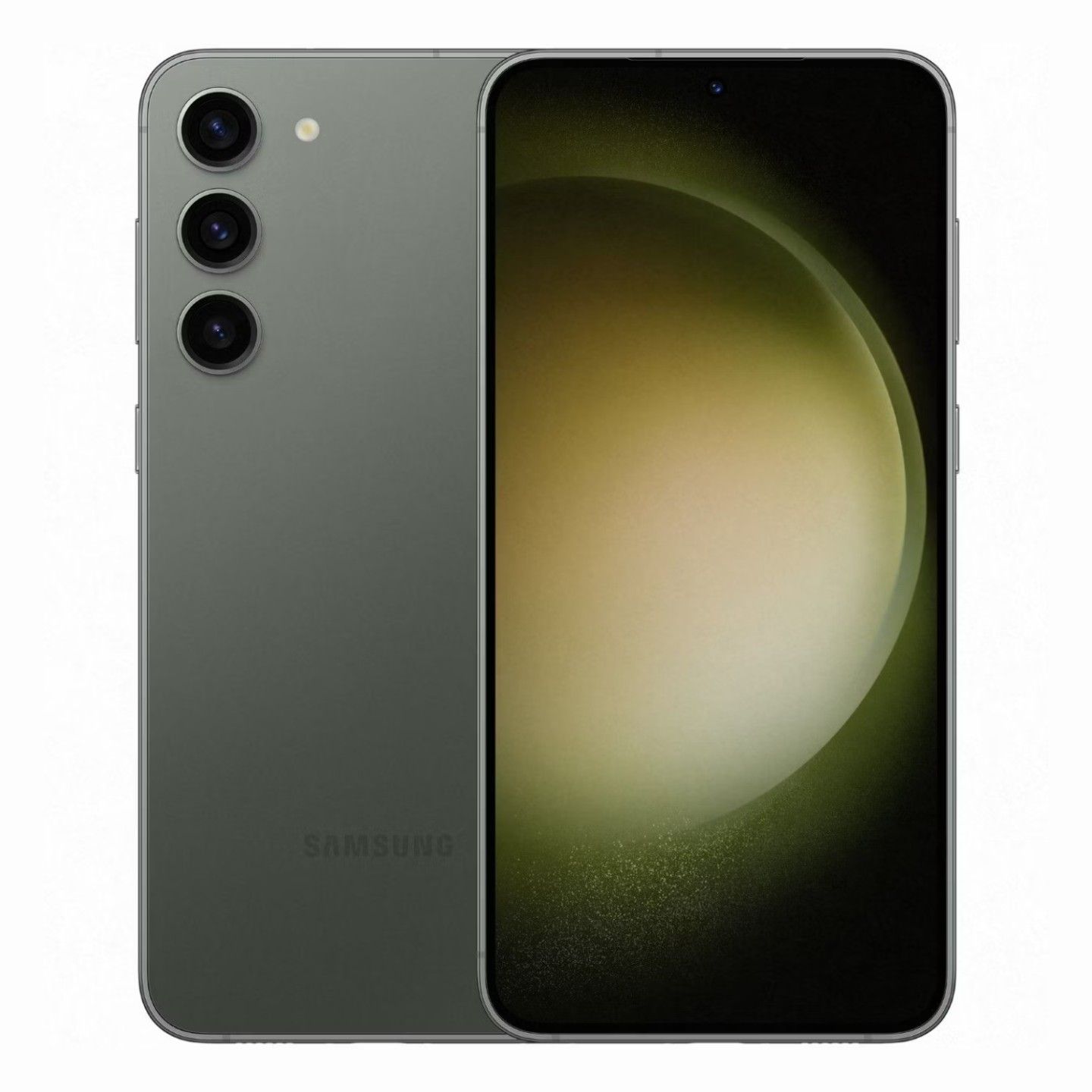
Samsung Galaxy S23+
The Galaxy S23+ is built to provide a top-notch Android experience in 2023 for those who like to live just a little larger. The 6.6" AMOLED display runs smooth, the 45W wired charging should allow for longer days with shorter breaks plugged in, and there's also more room to run around with, thanks to the 256GB and 512GB options. Backed by Qualcomm's Snapdragon 8 Gen 2 Mobile Platform for Galaxy, it's about as much phone as you can get right on that $1,000 mark.
- SoC
- Qualcomm Snapdragon 8 Gen 2 for Galaxy
- Display
- 6.6" FHD+ AMOLED, 48~120Hz refresh, 240Hz touch sampling
- RAM
- 8GB
- Storage
- 256GB, 512GB
- Battery
- 4,700mAh
- Ports
- USB-C
- Operating System
- Android 14 and OneUI 6
- Front camera
- 12MP, f/2.2
- Connectivity
- UWB, NFC
- Dimensions
- 157.8 x 76.2 x 7.6mm
- Colors
- Phantom, Cream, Green, Lavender + Samsung.com exclusive Lime, Graphite
- Weight
- 195g
- IP Rating
- IP68
- Price
- From $1,000
- Micro SD card support
- No
- Security
- Fingerprint (Ultrasonic, under-display)
Samsung Galaxy S23 and Galaxy S23+: Release date, availability, and price
The Samsung Galaxy S23 series was unveiled during the company’s Unpacked event on February 1, but the phones won’t arrive until February 17 in the US. You can pre-order both handsets from now through to February 16 from all the major carriers. Our guide to where to buy the Samsung Galaxy S23 series is your best place to get started.
The Galaxy S23 starts at $800 for the 128GB variant, while the cheapest Galaxy S23+ costs $1000 for 256GB of storage. The S23 has a 256GB variant, and the Galaxy S23+ has a 512GB variant. There’s no larger 1TB variant unless you go for the Galaxy S23 Ultra, which is far more expensive, with the 256GB variant costing $1,200.
Samsung Galaxy S23 and Galaxy S23+: Design and display
The design is the key area of change on the Galaxy S23 and Galaxy S23+ compared to the S22 series. Largely these phones are similar to what you’d expect from two of Samsung’s top-end handsets, but the rear camera design is the most noticeable difference. The design is simpler this year than the camera block on last year’s phones, and instead, it looks similar to the Galaxy S22 Ultra with individual elements for each shooter. I prefer this new look to the last-gen devices, but this is a matter of your preference.
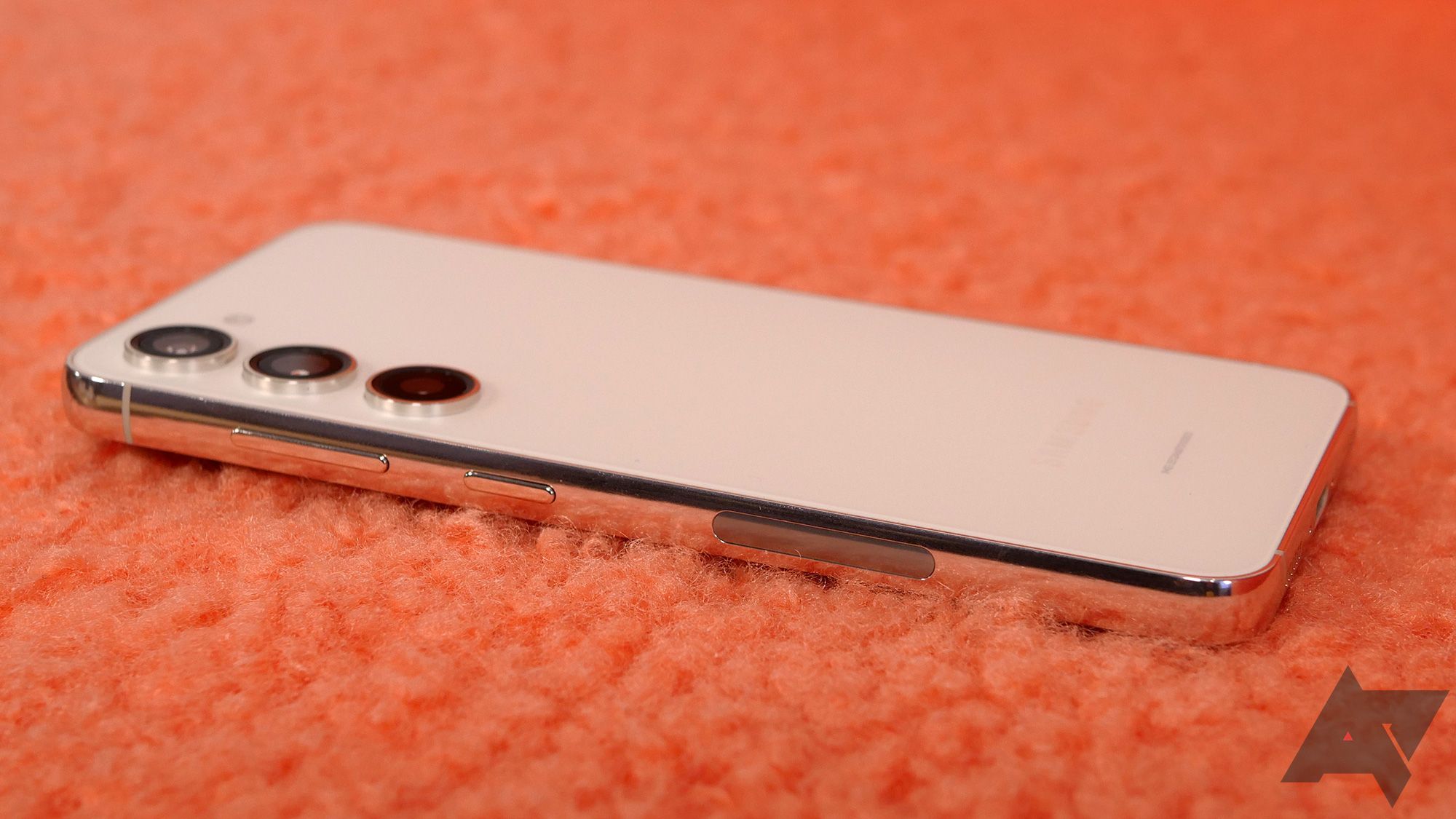
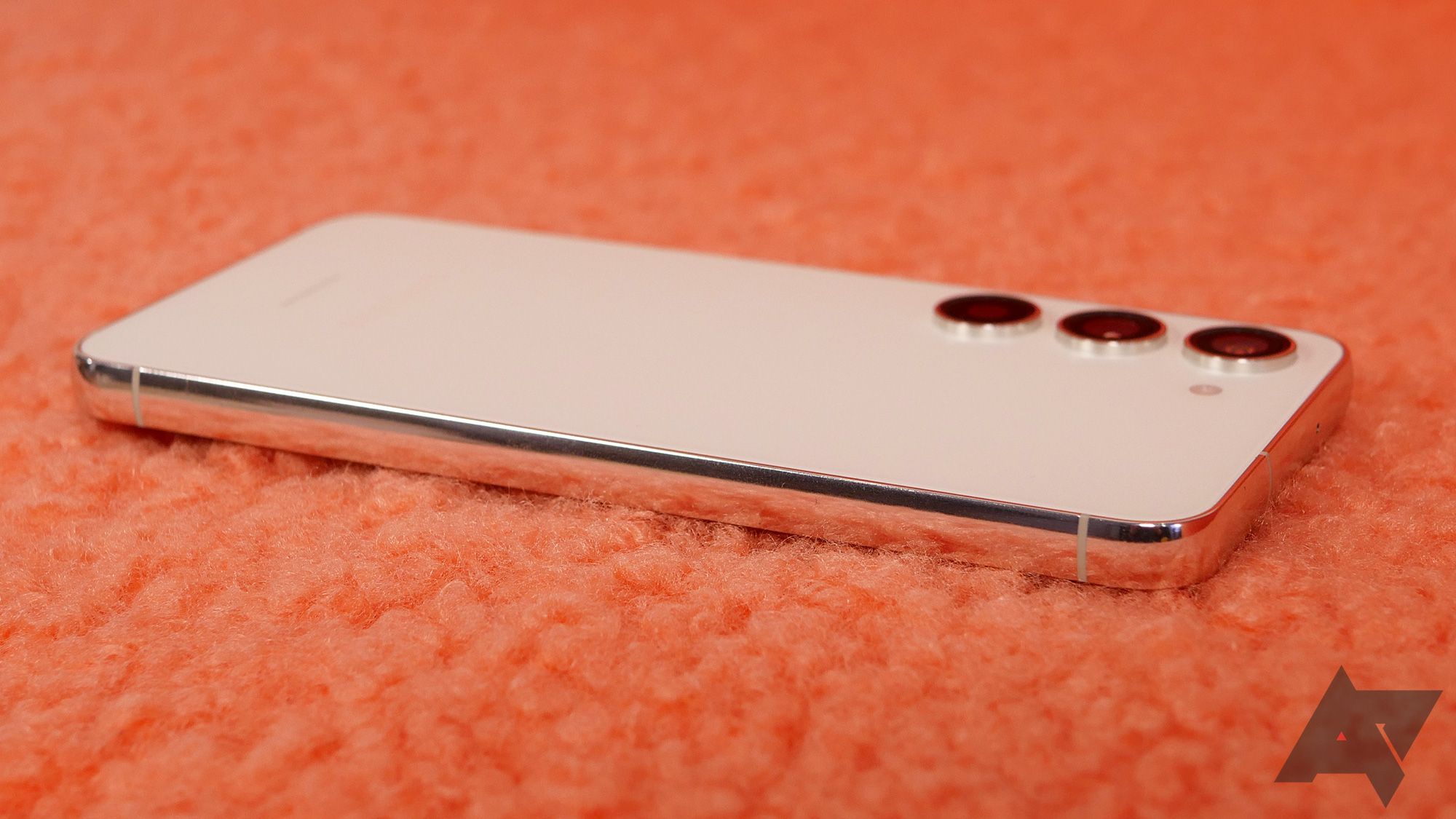
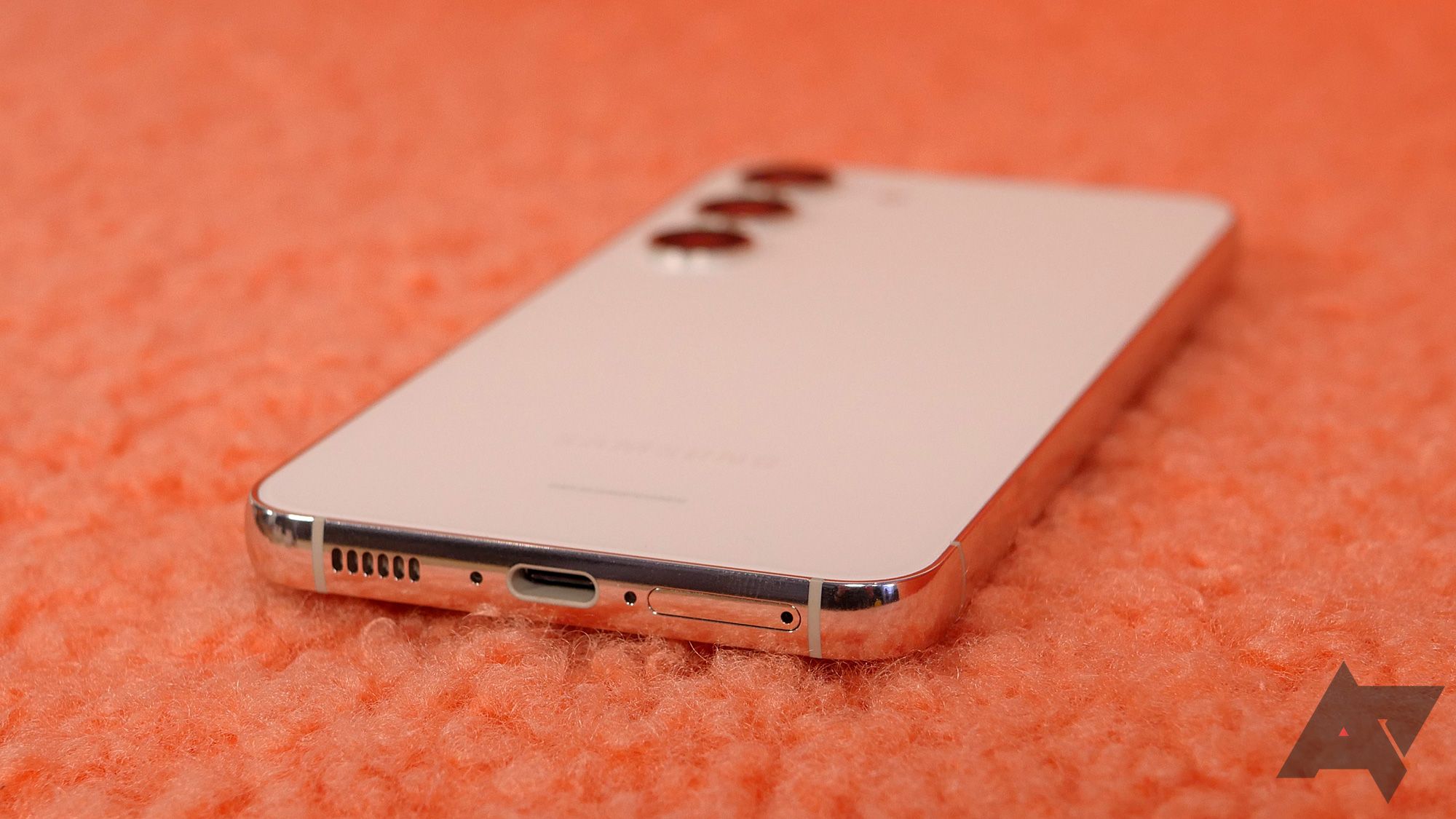
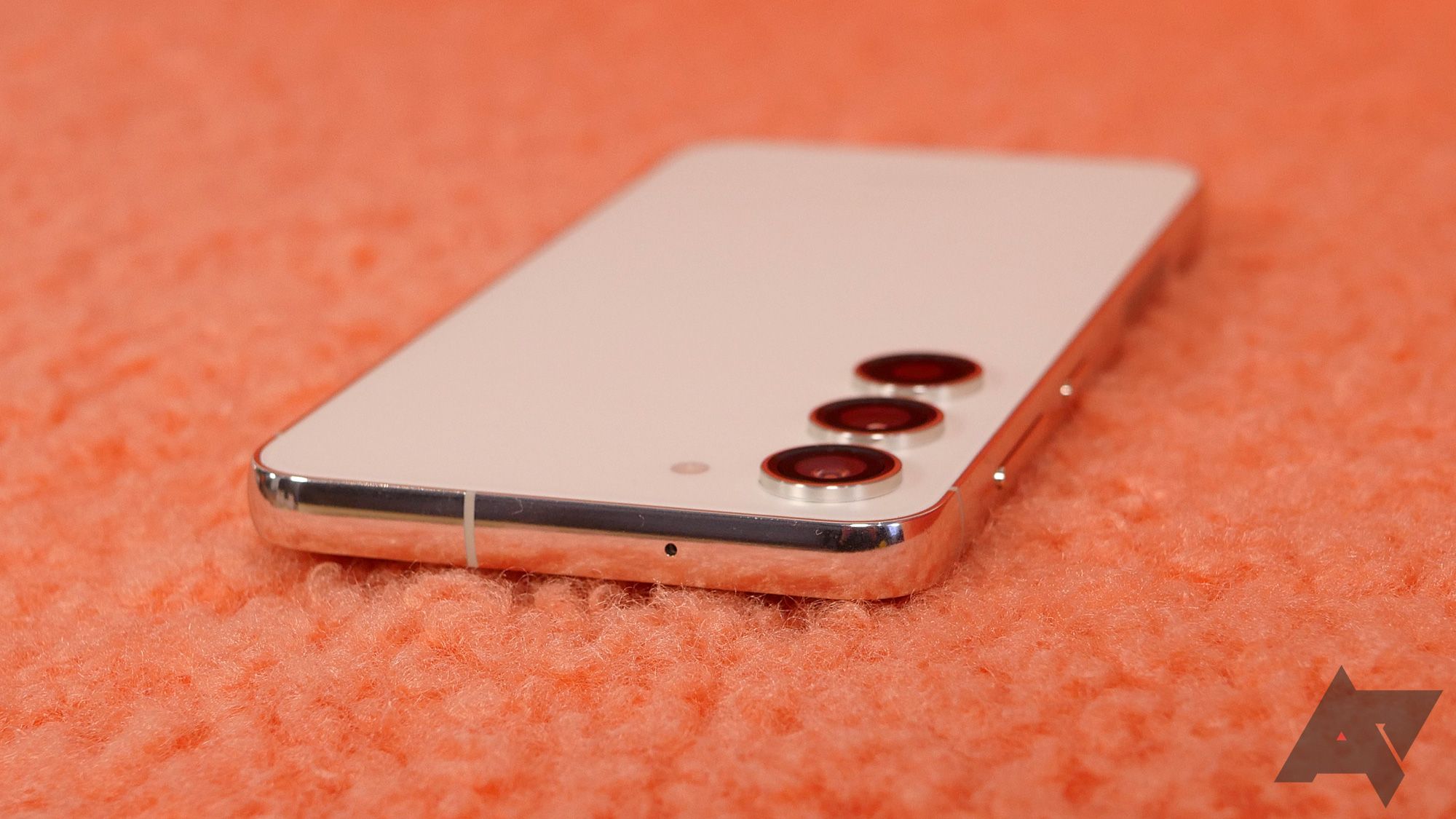
The look and feel of these handsets are more refined in 2023, with a smoother edge to each phone. The weight and dimensions remain similar to previous generations, but these feel more premium than the recent iterations of the Galaxy S series. There’s new Gorilla Glass Victus 2 tech on both the front and rear of the handset to help protect it from any accidental damage, plus each phone is IP68 water and dust resistant.
The Galaxy S23, in particular, feels like the most user-friendly Samsung phone on sale right now, with a design that’s easy to hold in smaller hands. The Galaxy S23+ is a bit tougher to use, while the Galaxy S23 Ultra isn’t designed for those who want a smaller handset.
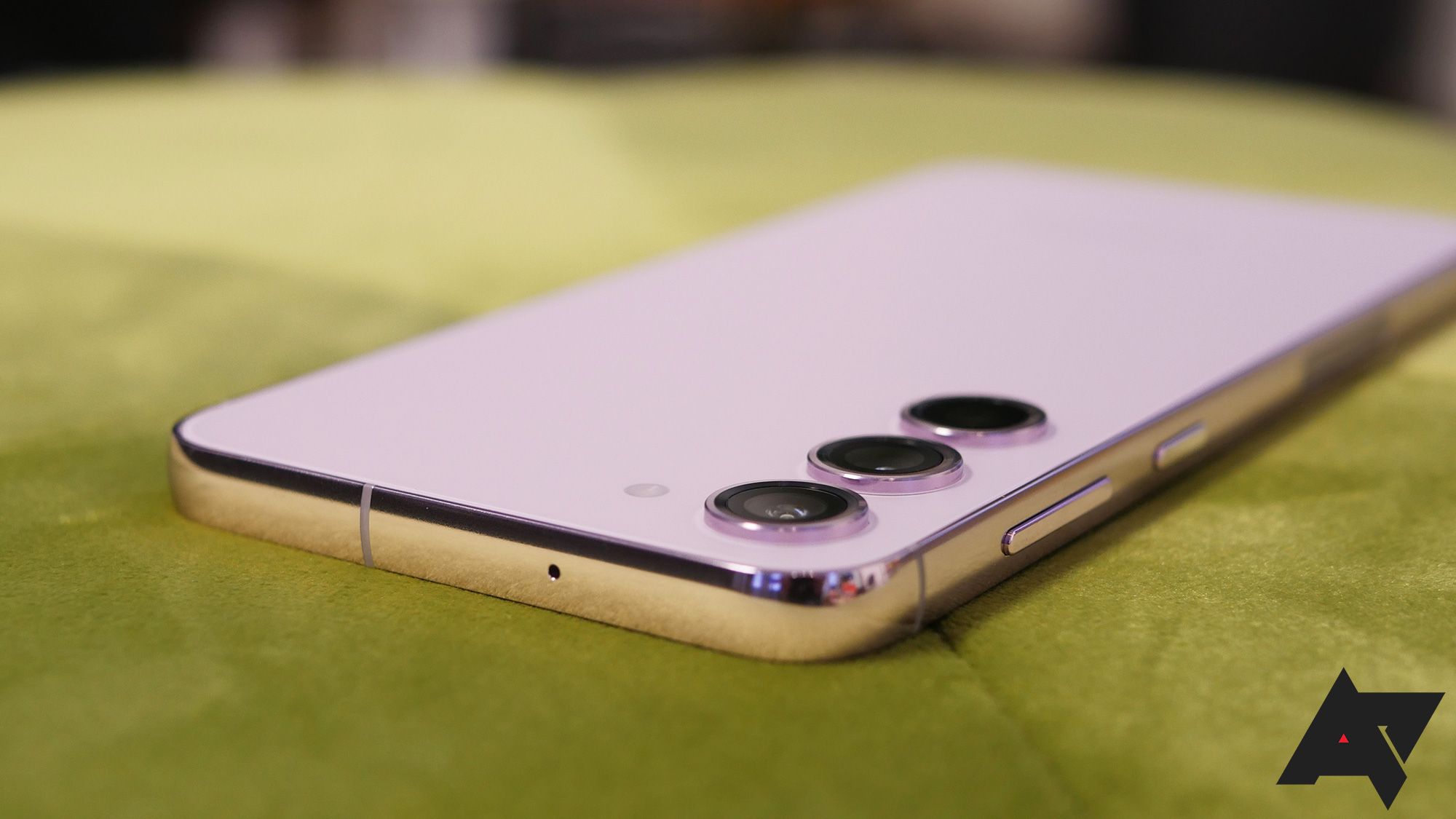
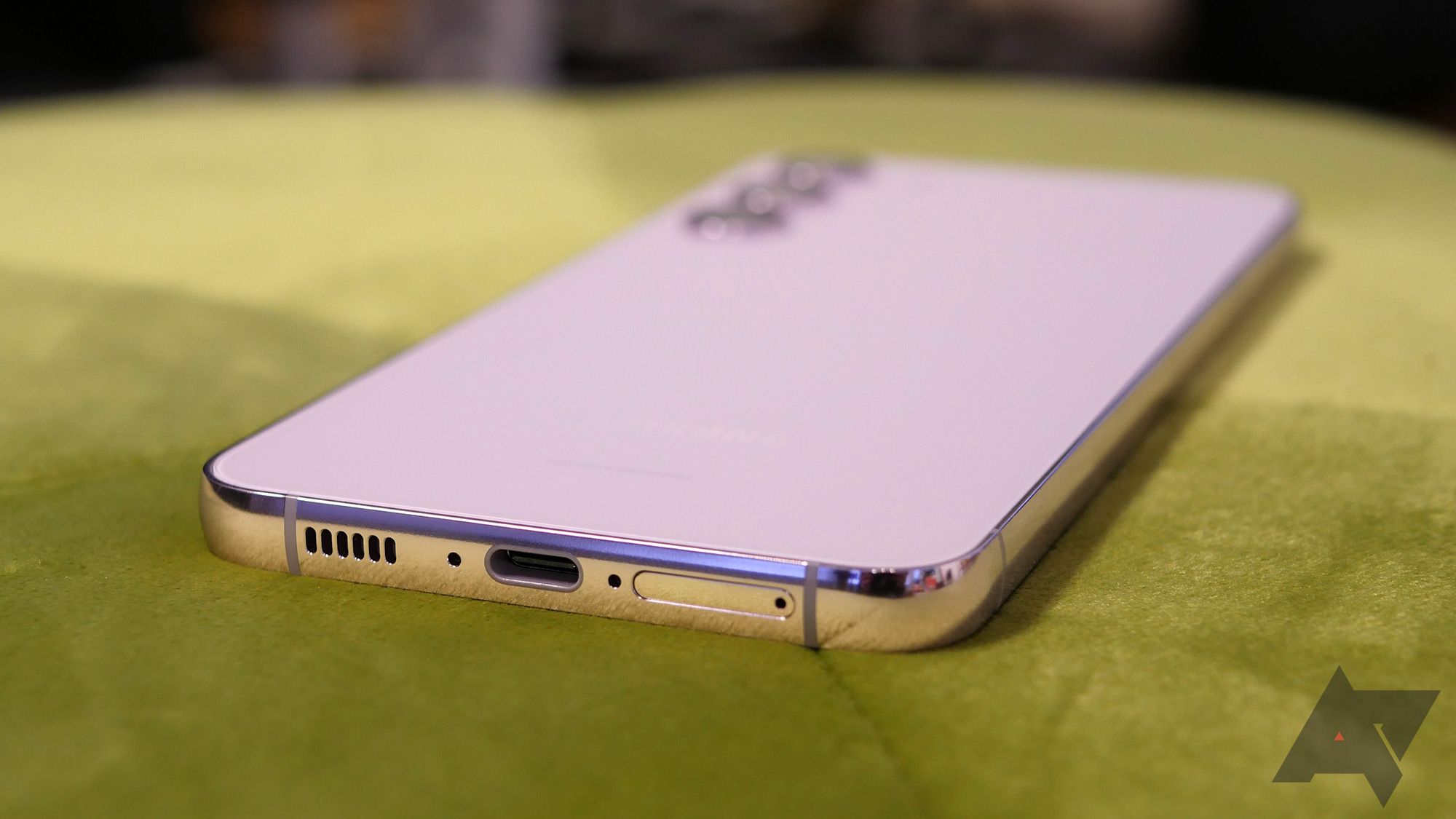
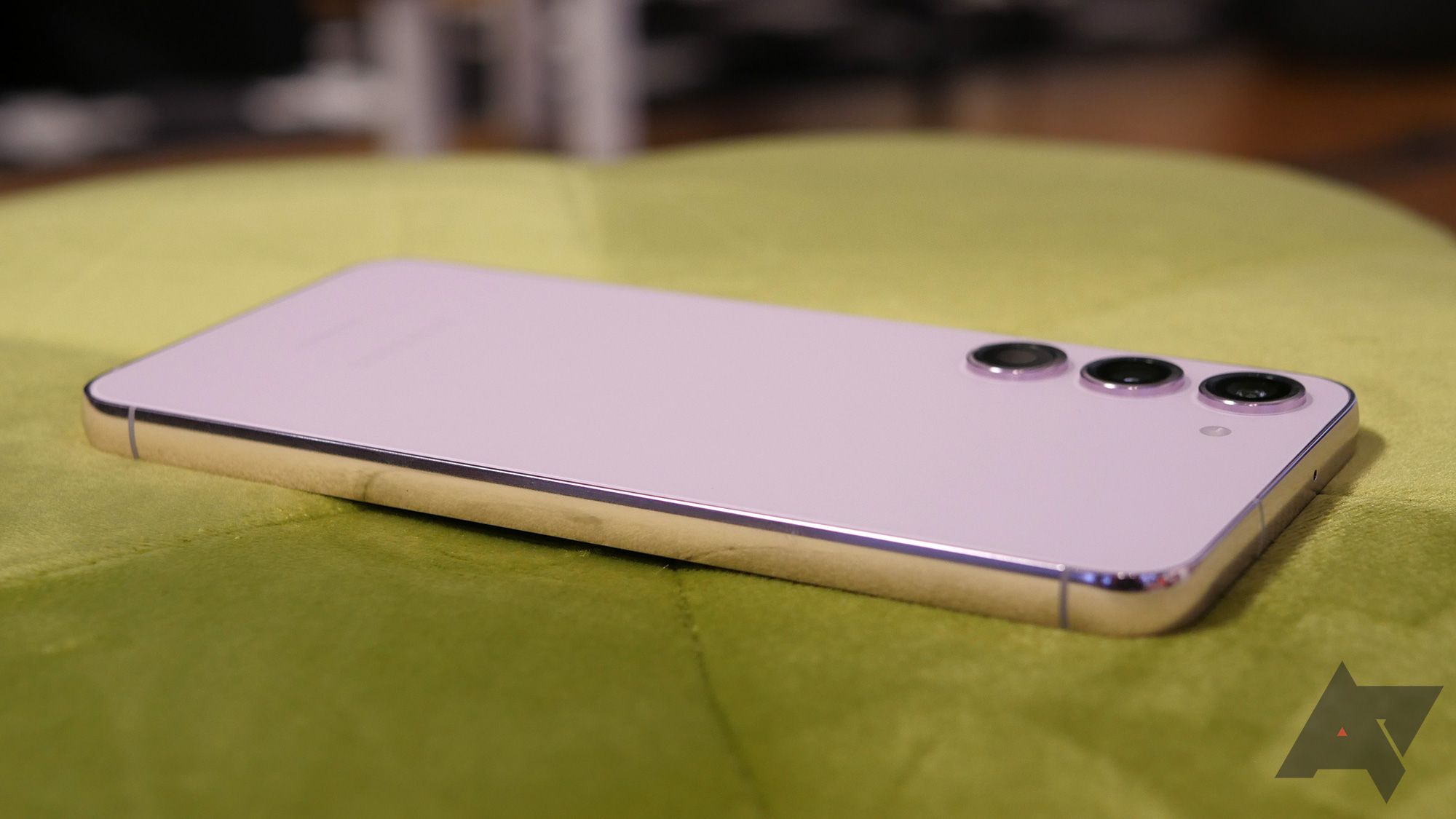
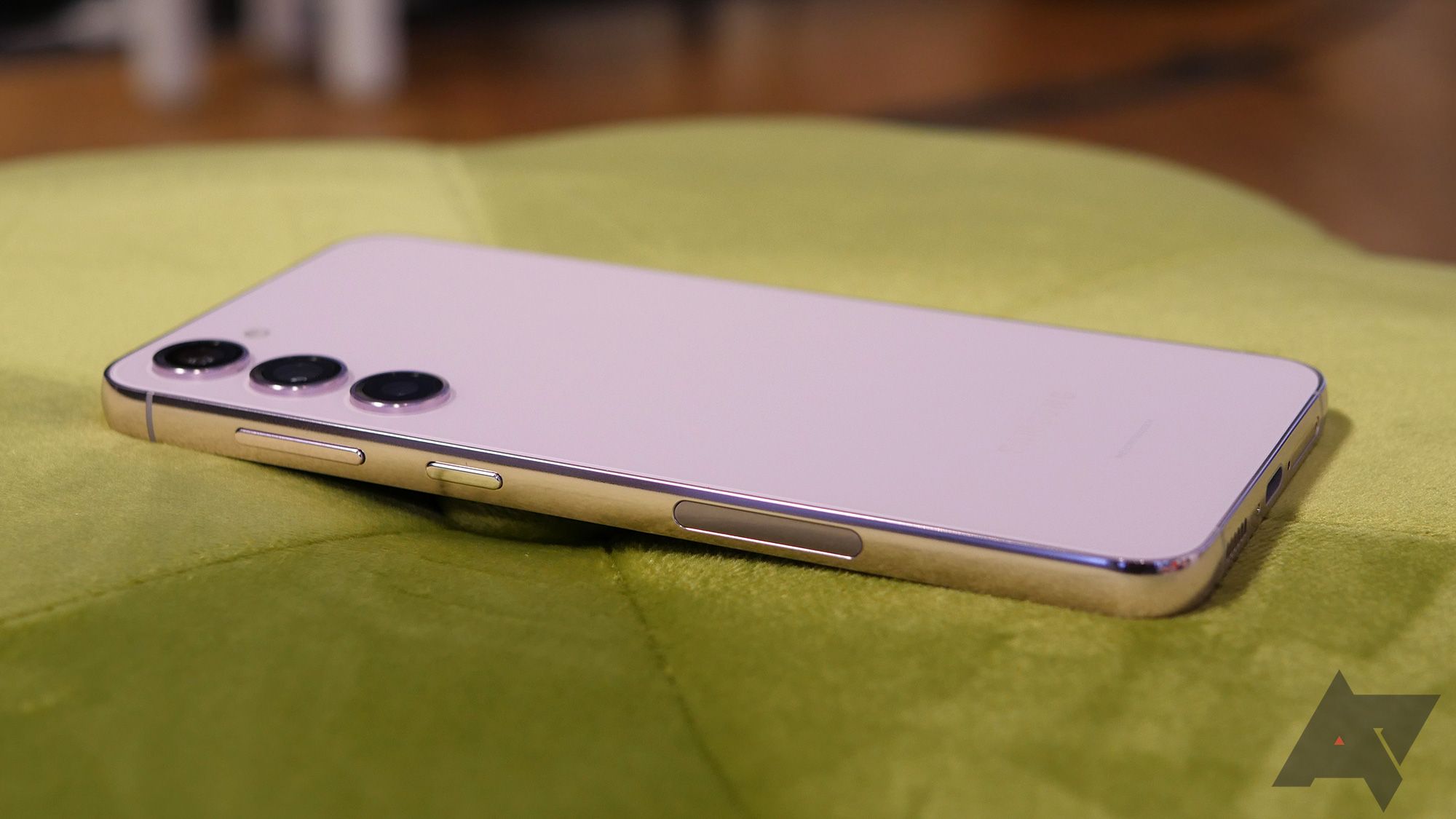
Both phones come with almost identical dimensions and weights to the last generation, and the truth is these are a lot easier to use than Samsung’s top-end handset. The Galaxy S23 especially now stands out as one of the most usable phones for those with smaller handsets, despite the fact it still sports a 6.1-inch display.
Expect a choice of six colors for the new phones, with Phantom Black, Cream, Green, and Lavender as the main options. If you buy directly from Samsung, you’ll get access to two other colors: Lime and Graphite. There are some interesting shades this year, and I’m glad to see Samsung lean into a few bright and bold handset colors at launch.
The screens on these handsets aren’t dramatically different from previous generations, with a 6.1-inch Dynamic AMOLED Full HD+ screen on the Galaxy S23 and a 6.6-inch alternative on the Galaxy S23+. Both include up to 120Hz adaptive refresh rates. That means you’ve got 425ppi on the Galaxy S23 and only 393ppi on the Galaxy S23+. However, even with these phones side by side, I couldn’t spot any differences between them. It’s only when you bring the QHD+ Galaxy S23 Ultra into the mix that you’ll notice any difference.
In my short time with both phones, picture quality seemed impressive, and the brightness was what I would expect from a top-end phone in 2023. Both phones also have a peak brightness of 1,750 nits, an upgrade for the Galaxy S23 as the Galaxy S22 was limited to 1300 nits.
Samsung Galaxy S23 and Galaxy S23+: Power and performance
The big change here isn’t a big change for those in the US. Samsung has dropped its Exynos chipsets from the Galaxy S23 series in regions like Europe. Instead, the company will be using the Qualcomm Snapdragon 8 Gen 2 that was revealed at the end of last year.
However, Samsung hasn’t given up on its involvement in chipsets altogether, with this being a refined version with Samsung’s input. It’s called the Qualcomm Snapdragon 8 Gen 2 Mobile Platform for Galaxy, and wherever you buy these phones, it’ll power the handset.
We’ve yet to hear exact specifics on what Samsung has changed here, but expect top-end power with optimizations directly from Samsung. It sounds like this may be one of the more powerful smartphones on the market in 2023. Nick Porter, vice president of product management and commercial operations at Samsung UK and Ireland, says of the Galaxy S23 series, “The partnership has enabled us to make this amazing processor work even more effectively and push the boundaries of what’s possible with the total hardware package.”
I’m particularly excited to put these phones through their paces and see how they compare to other Snapdragon 8 Gen 2 toting handsets. I’ve only held them for about an hour, and during that time, each felt snappy; they open apps quickly and do everything I want from a smartphone instantly. Once we actually have these handsets, we can test them with everyday tasks and make a full verdict on their performance.
There’s 8GB of RAM on offer on each variant of both these handsets, and you’ll need to upgrade to the Galaxy S23 Ultra to get anything higher. I’m not sure why Samsung refuses to increase RAM on its flagship series, but it’s frustrating when competing Android manufacturers choose to include 12GB of RAM options across their ranges.
Samsung Galaxy S23 and Galaxy S23+: Battery and software
The best news of all? Samsung has increased the battery capacity of the Galaxy S23 and Galaxy S23+. Both handsets have 200mAh extra than their predecessors, and we hope that means increased battery life. Samsung says these larger batteries and improvements to its chipset will result in battery life 20% longer than the S22 series.
There’s a 3,900mAh battery in the Galaxy S23, while the Galaxy S23+ has a 4,700mAh cell. There’s 25W charging on the Galaxy S23 and 45W on the Galaxy S23+. It’s unclear why the standard Galaxy S model has been left out of the faster charging tech, but it’s a choice Samsung is consistently making for its flagship line.
The latest Android 13 software is on offer here, but it’s Samsung’s own version with One UI 5.1 on these phones at launch. This is largely similar to the One UI 5 software you’ll have on a recent Samsung phone, but new features include allowing Bixby to reply to incoming calls and co-edit Samsung Notes across devices.
Samsung Galaxy S23 and Galaxy S23+: Cameras
Don’t expect any big changes to the cameras on these two smartphones; the big upgrade is reserved for the Galaxy S23 Ultra, which now features a 200MP shooter. You can read all about that in my colleague Stephen’s hands-on time with that phone so far. The Galaxy S23 and S23+ feature the same setup as previous handsets, which isn’t bad but will likely mean you won’t see much difference moving from an S21 or S22 handset.
The biggest spec difference is the introduction of a 12MP selfie camera with an aperture of f/2.2. In quick testing, this selfie shooter's shots seemed impressive, but it was hard to see any clear differences from other top-end selfie cameras.
On the rear of each phone, you’ll find a 50MP f/1.8 main camera, a 12MP f/2.2 ultrawide, and a 10MP f/2.4 telephoto. You’ll have 3x optical zoom, while the camera’s digital zoom features go up to 30x zoom. As with the Galaxy S22 series, this is a versatile array of cameras, and I’m excited to dig into what it’ll be able to do in everyday life.
Samsung Galaxy S23 and Galaxy S23+: What comes next
The Samsung Galaxy S23 and Galaxy S23+ are both iterative handsets that won’t give you a great deal more than you already have with the Galaxy S22 series. If you’re sporting an older Samsung Galaxy device or want to switch to Samsung, it’s clear these will be among the best smartphones for you. That said, we won’t have a full verdict on either handset until we publish our final reviews in the coming weeks.
Samsung’s most impressive innovation is happening in the foldable space right now with handsets like the Galaxy Z Fold 4 and Galaxy Z Flip 4. The 200MP camera on the S23 Ultra is the most meaningful change in this series, but neither the S23 nor S23+ is benefiting from that change. That said, while the Galaxy S23 series may not pop off the page, these are highly likely to be among the very best Android phones of 2023.
-

Samsung Galaxy S23
The Galaxy S23 offers the best that Samsung has — from the Snapdragon 8 Gen 2 for Galaxy chipset to a high-class camera system led by an impressive 50MP sensor — at just the right size with a vibrant and "palmable" 6.1-inch display. The phone also brings a larger battery than the S22's, plus a sector-leading five years of monthly security updates. That's all for the same price as last year.
-

Samsung Galaxy S23+
The Galaxy S23+ is built to provide a top-notch Android experience in 2023 for those who like to live just a little larger. The 6.6" AMOLED display runs smooth, the 45W wired charging should allow for longer days with shorter breaks plugged in, and there's also more room to run around with, thanks to the 256GB and 512GB options. Backed by Qualcomm's Snapdragon 8 Gen 2 Mobile Platform for Galaxy, it's about as much phone as you can get right on that $1,000 mark.

